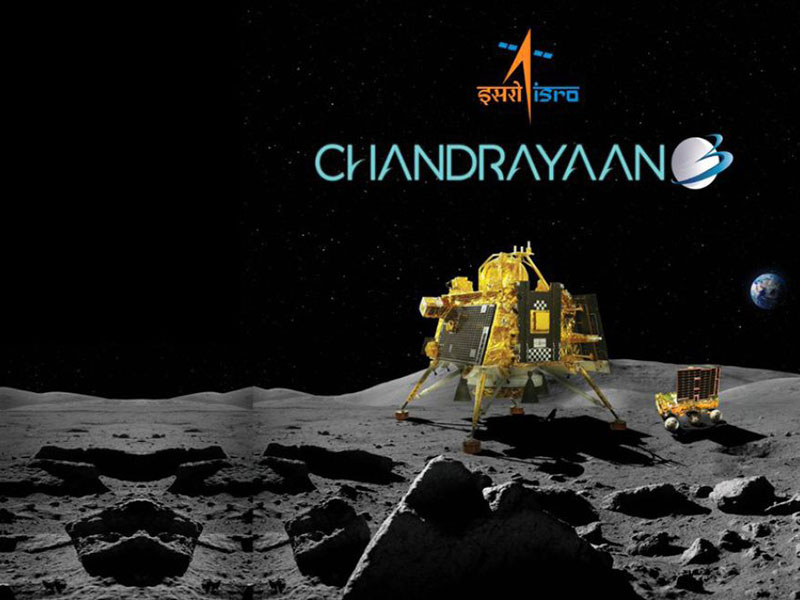India has made significant strides in its space program in recent years, despite having a much smaller budget than the United States and Russia. This is due in part to the Indian Space Research Organization’s (ISRO) frugal approach to space exploration.
One of ISRO’s main strategies for being frugal is to keep its spacecraft small. This means using smaller launch vehicles, smaller components, and less materials. It also means keeping the scope of the mission small, which can help to keep costs down.
For example, India’s Chandrayaan-3 spacecraft, which is designed to land on the moon’s south pole, weighs just 1,752 kilograms. This is significantly smaller than the Russian Luna-25 spacecraft, which weighs about 1,237 kilograms.
Another way that ISRO keeps costs down is by reusing and adapting existing technologies. For example, the Chandrayaan-3 spacecraft uses a modified version of the same launch vehicle that was used for the Chandrayaan-2 mission. This helps to save money on development and testing costs.
Low cost work force
ISRO also benefits from a relatively low-cost workforce. The salaries of Indian scientists and engineers are much lower than those of their counterparts in the United States and Russia. This helps to keep the overall cost of space missions down.
Finally, ISRO takes a long-term view of space exploration. The agency is willing to take risks and experiment with new technologies. This can lead to cost savings in the long run, as ISRO learns from its mistakes and improves its processes.
As a result of these strategies, ISRO has been able to carry out ambitious space missions at a fraction of the cost of other space agencies. For example, the Chandrayaan-2 mission cost just $1 billion, while the Mars Orbiter Mission cost just $74 million.
These low costs have made India a major player in the global space industry. ISRO is now involved in a wide range of projects, including satellite launches, space exploration, and even asteroid mining.
In the future, India is expected to continue to play a leading role in space exploration. The agency has ambitious plans to send a human being to the moon by 2030. With its frugal approach and long-term vision, ISRO is well-positioned to achieve this goal.
In addition to the strategies mentioned above, ISRO also benefits from a strong government commitment to space exploration. The Indian government provides ISRO with generous funding, which allows the agency to invest in new technologies and develop new capabilities.
ISRO also has a strong track record of success. The agency has successfully launched over 100 satellites and has made significant contributions to our understanding of the Earth, the moon, and Mars.
As India continues to grow economically, it is likely to invest even more in space exploration. This could make India a major space power in the years to come.







